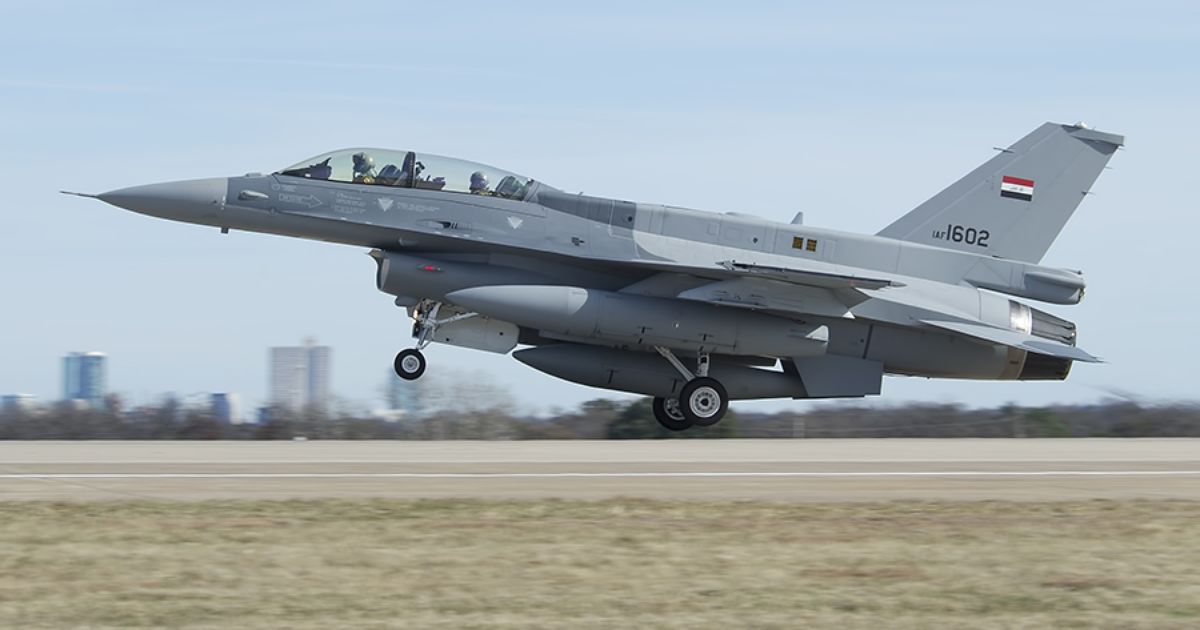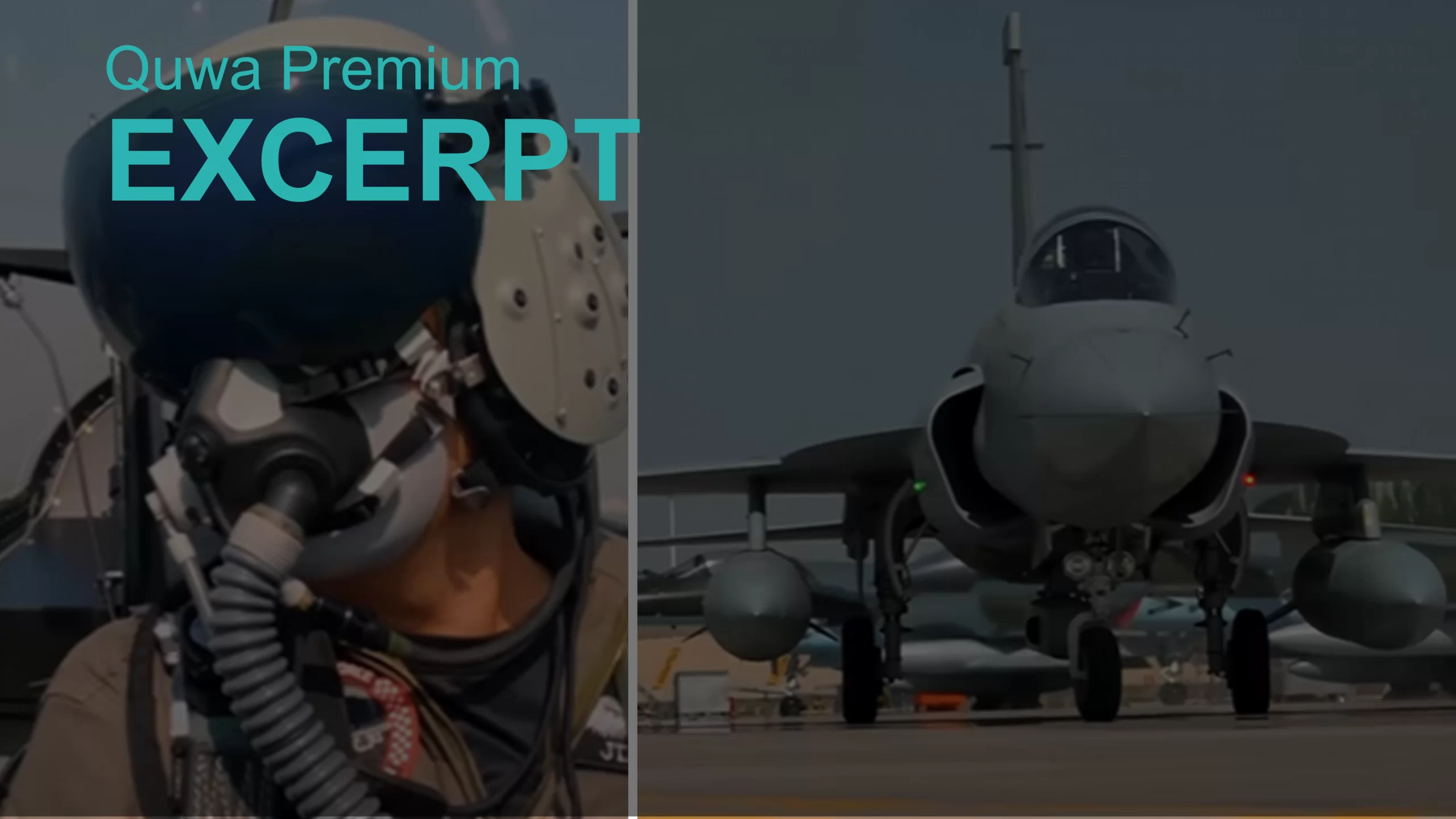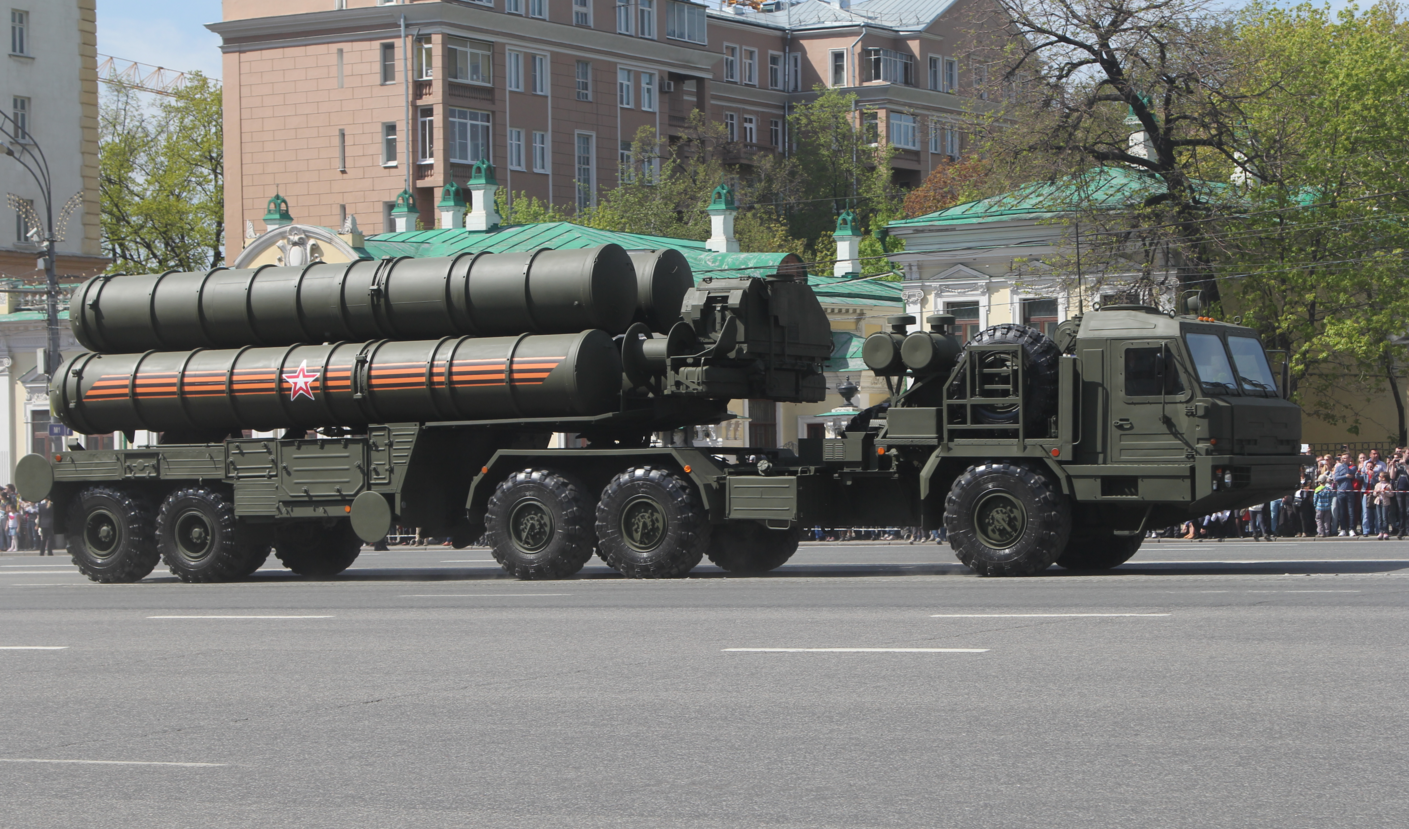2687Views 0Comments

New Iraqi F-16s Enter the Fray
By Bilal Khan
The Iraqi Air Force just deployed its newly delivered F-16s to combat against the group known as ISIS. Lieutenant General Anwar Hama Amin, the commanding officer of the Iraqi Air Force, said “Fifteen air strikes were carried out in the past four days.” According to Lt. Gen Amin, the Iraqi Air Force’s air strikes had taken place in the Salaheddin and Kirkuk provinces, north of Baghdad.
Iraq ordered a total of 36 F-16IQ (a variant based on the modern F-16C/D Block-52+) in 2010 and 2011 with a large inventory of air-to-air and air-to-surface munitions. The entire Iraqi F-16 program (planes and weapons) cost Iraq $6.5 billion U.S. After some difficulties during the training process in the U.S, the first batch of four fighters arrived in July 2015.
Although the F-16IQ is an advanced platform, the Iraqi F-16s’ mission profile seems to be limited to mostly air-to-surface combat. The Iraqi order included advanced targeting pods and a large number of laser-guided bomb kits for precision strikes (under favourable weather conditions).
The Iraqi F-16s’ air-to-air inventory includes fairly modern within visual range air-to-air missiles (WVRAAM) such as the AIM-9M, but the beyond visual range air-to-air missile (BVRAAM) stock is limited to AIM-7F Sparrows, which are not active radar-guided BVRAAMs, unlike the modern AIM-120 (which is in wide use with Iraq’s regional neighbours).
The Iraqi Air Force’s participation is not seen as a major shift given the fact that U.S, NATO and Gulf Coalition powers are active in the country. That said, foreign direct military engagement (involving extensive air strikes) are rarely a permanent constant. On the other hand, the Iraqi Air Force will likely be expected to manage the balance of air operations within the country over the long-term.


